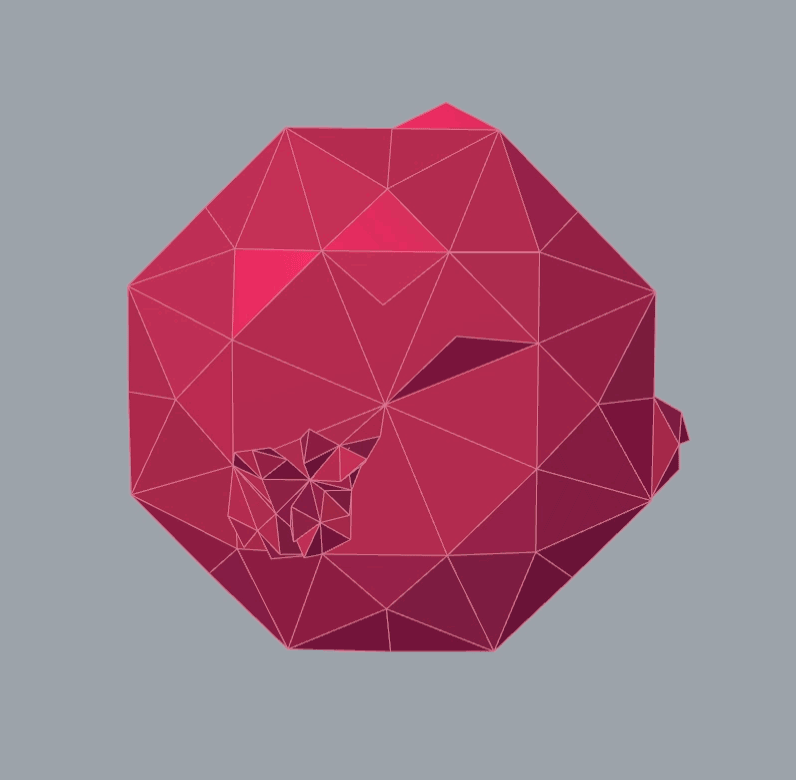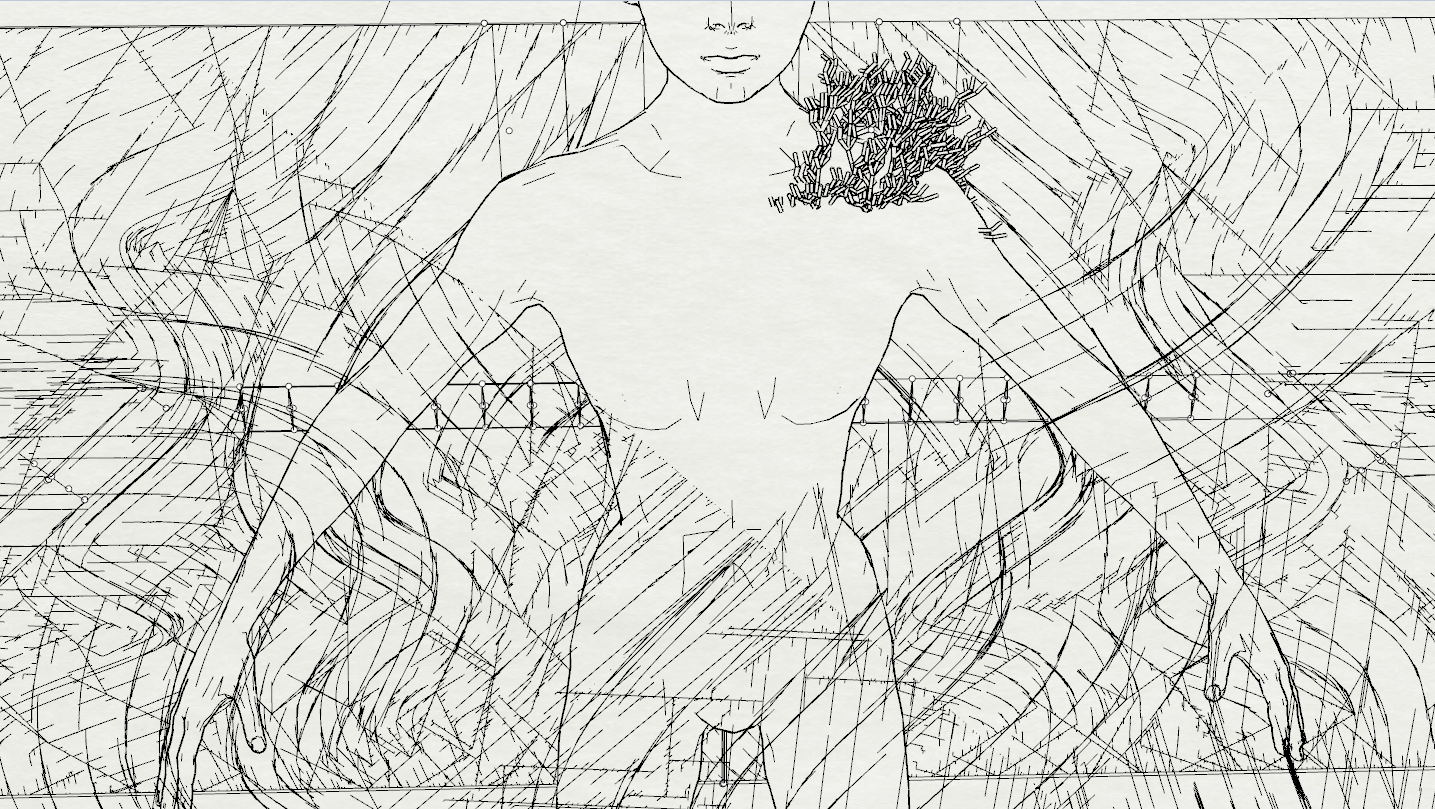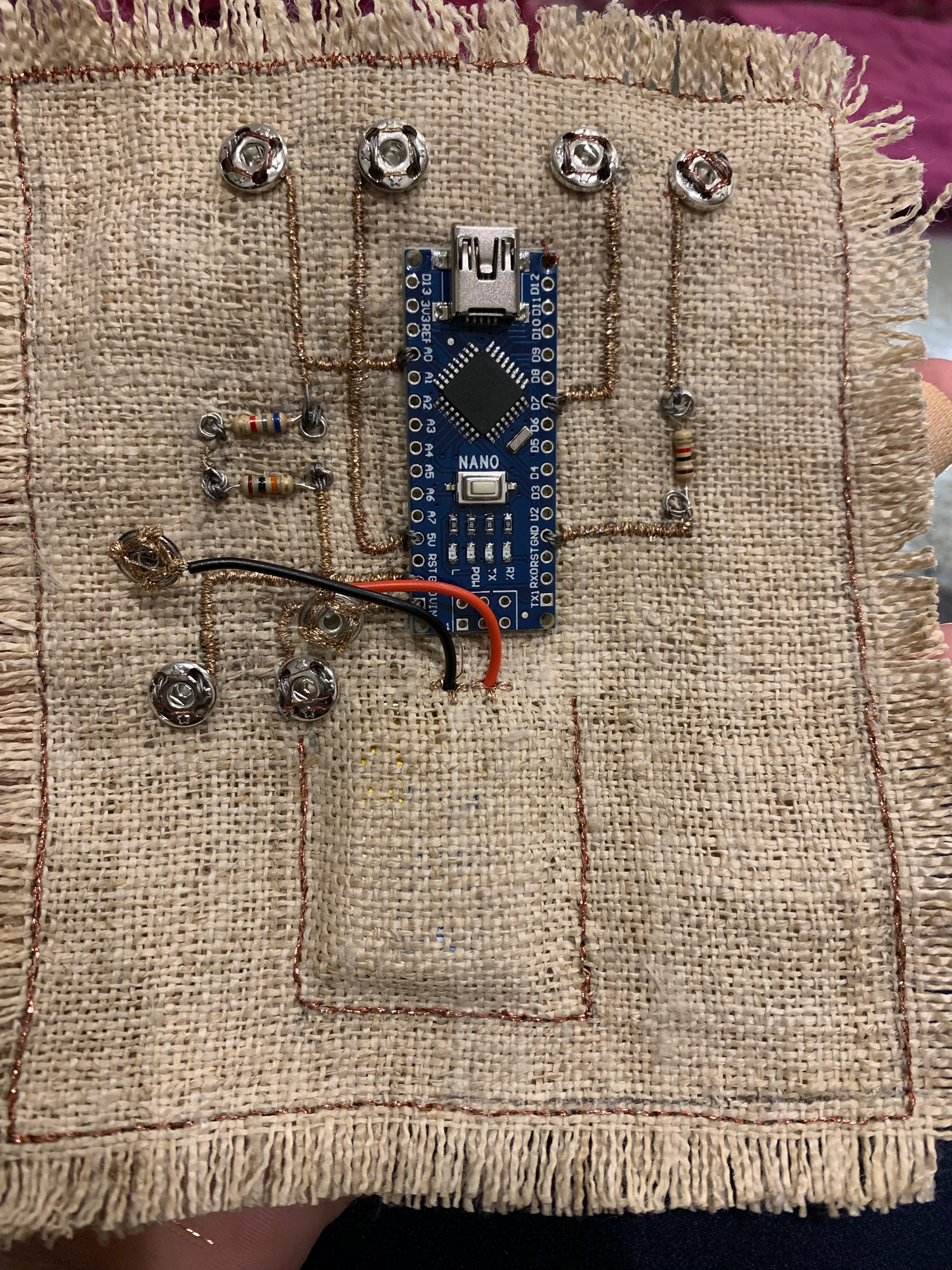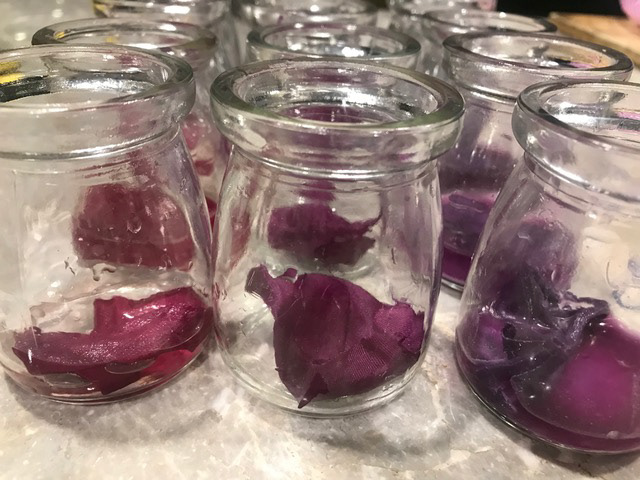A zero-waste upcycled garment drawing on the characteristics and growth patterns of lichen.







Zero waste draping and upcycling allow for emergent forms of creative reuse by taking inspiration from and working with the found as-is. Modeling iterative growth through computational surface design brought found dimensions and emergent forms into a generative, responsive space, simulating natural growth patterns. Natural dyeing and the embedding of soft sensors allow for the unseen to be revealed. Lichen acids, invisible to the naked eye, can be transformed through ancient means to reveal vivid colour. Like lichen acids, nitrogen dioxide (NO2) is also invisible and is considered a surrogate for a cluster of other unseen harmful airborne pollutants. Embedding graphene as a sensor allows for NO2 to be detected such that limits may become visible signs of transgression. The hybridizing of surface design and pattern cutting highlight the significance of seams and the importance of drawing together the disparate while allowing for disassembly and rearrangement.